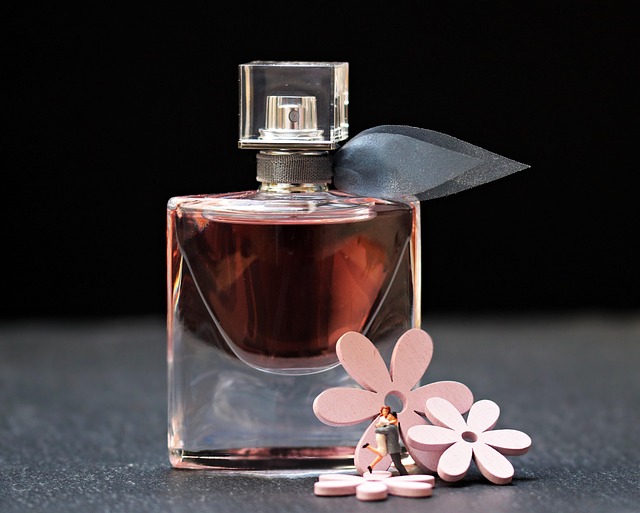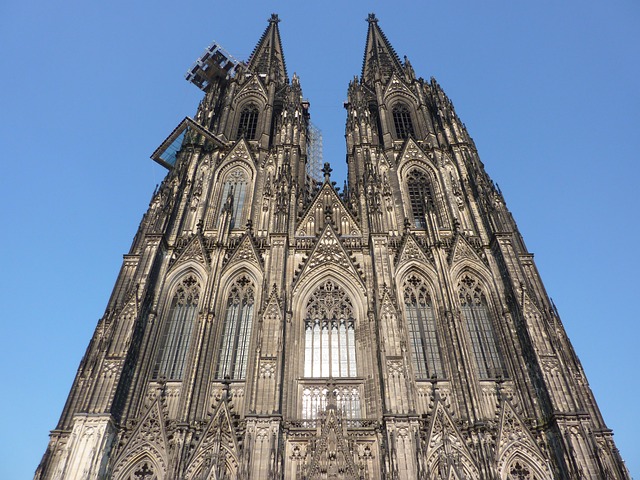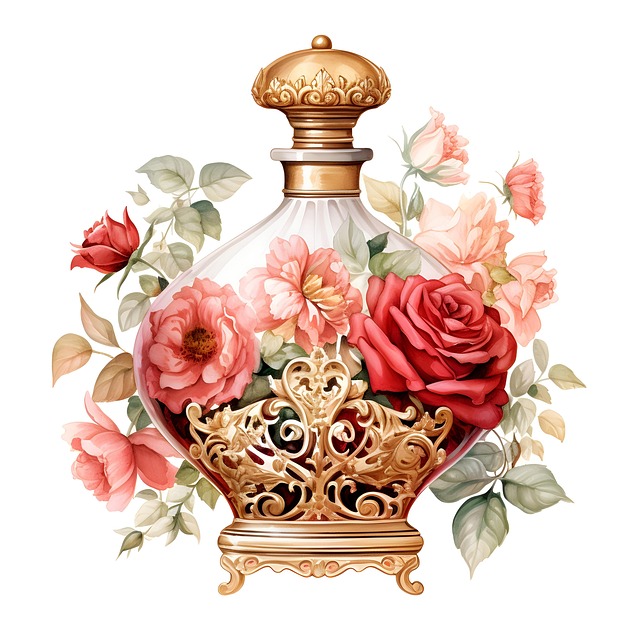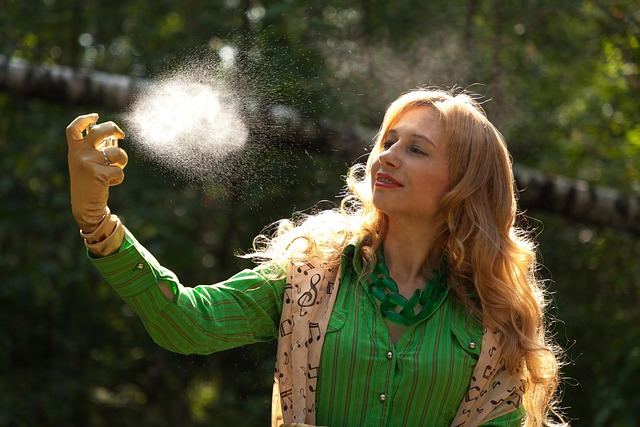Dior Perfume leads the luxury market with a blend of exclusivity, quality, and artistic expression. Their colognes, like Dior Cologne, offer sophistication and accessibility, appealing to collectors and fashion enthusiasts. With a rich history in Parisian elegance, Dior balances timelessness and innovation, solidifying its status as a leading name in luxury perfume. The industry evolves with unique artisan-crafted scents, while Dior caters to discerning customers through exclusive ingredients, strategic marketing, and pricing differences between niche and mainstream releases.
Unveiling the allure of luxury perfumes, this article delves into the intricate world of niche and mainstream scents, particularly focusing on Dior Perfume as a flagship brand. We explore market dynamics, brand heritage, industry trends, and target audiences. By comparing pricing strategies and marketing campaigns, we unravel consumer preferences and perceptions. Understanding these factors is crucial for navigating the perfume landscape, where Dior stands as both a niche luxury and a widely celebrated release.
- Understanding the Market for Luxury Perfumes
- Dior's Brand Positioning and Heritage
- Analyzing Trends in the Perfume Industry
- Target Audience for High-End Fragrances
- Pricing Strategies of Niche vs. Mainstream
- Marketing Campaigns: A Luxurious Touch
- Consumer Preferences and Perceptions of Niche Brands
Understanding the Market for Luxury Perfumes

The market for luxury perfumes is a complex ecosystem, driven by an appetite for exclusivity and quality among discerning consumers. Brands like Dior Perfume stand at the apex, offering not just fragrances but artistic expressions that transcend mere scent. These perfumes often become symbols of status, with limited editions and exquisite packaging catering to collectors and fashion enthusiasts alike. The allure lies in the rare ingredients, intricate composition, and brand heritage, making them desirable items for those who appreciate the finer things in life.
Among this luxury segment, Dior Cologne also finds its place, though it may not carry the same weight as their perfume counterparts. Still, colognes from prominent houses like Dior offer a blend of sophistication and accessibility, appealing to a broader audience without compromising on elegance. Understanding this dynamic is key to distinguishing between niche luxuries and mainstream releases in the fragrance industry.
Dior's Brand Positioning and Heritage
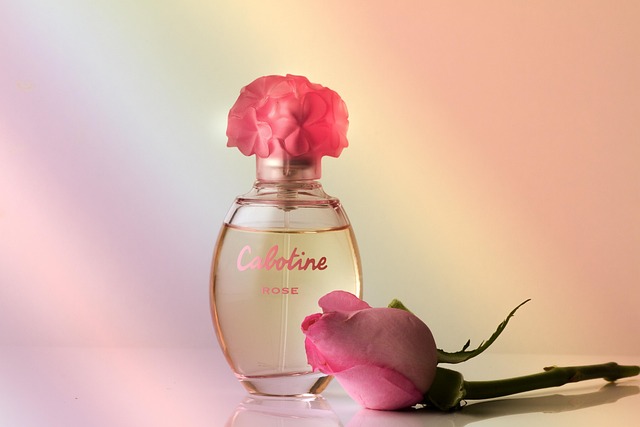
Dior, a house renowned for its exquisite fashion and fragrances, has meticulously crafted its brand positioning to occupy a unique space in the luxury market. The label’s heritage is deeply rooted in Parisian elegance and sophistication, with a rich history spanning over 70 years. Dior Perfume has consistently redefined the concept of luxury, offering not just scents but immersive experiences that resonate with discerning individuals worldwide.
The house’s signature style is an harmonious blend of timeless elegance and contemporary innovation, reflected in both its fashion collections and fragrances like Dior Cologne (a term used here to represent a range within their portfolio). This dual focus on tradition and modernity has allowed Dior to appeal to a niche market of affluent, style-conscious consumers who appreciate the brand’s distinctive aesthetic and heritage.
Analyzing Trends in the Perfume Industry

The perfume industry is a dynamic landscape, constantly evolving with changing consumer preferences and market trends. Analyzing these trends offers valuable insights into whether a particular fragrance can be considered a niche luxury or a mainstream release. In recent years, there’s been a growing appreciation for unique, artisan-crafted scents, pushing the boundaries of traditional Dior Perfume offerings. This shift towards more bespoke fragrances has opened doors for smaller, independent brands to gain traction, coexisting alongside established names like Dior.
While iconic scents like Dior Cologne continue to captivate loyal fans, modern consumers are also seeking innovative and diverse aromas. The industry’s response has been to incorporate bold ingredients, experimental notes, and creative packaging designs. This evolution ensures that high-end fragrances remain desirable and relevant in a crowded market. As such, brands like Dior must continually adapt, blending their rich heritage with fresh ideas to cater to discerning noses and stay ahead of the curve.
Target Audience for High-End Fragrances
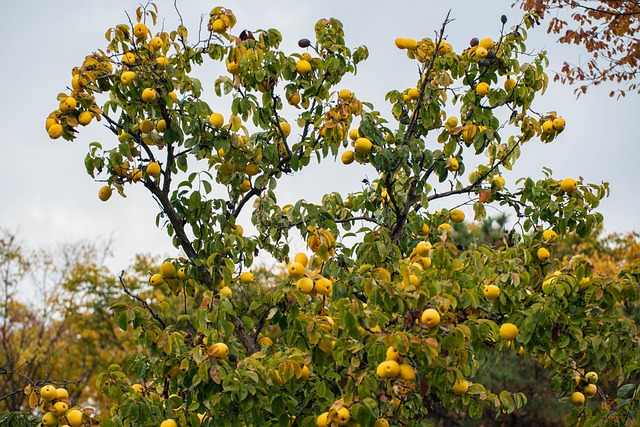
The target audience for high-end fragrances, like Dior Perfume, tends to be discerning individuals who appreciate quality and exclusivity. This market segment often includes affluent consumers with a penchant for luxury goods, who are willing to invest in scents that offer not just aroma but also an experience. These perfumes, crafted by renowned houses such as Dior, are often seen as status symbols, reflecting the wearer’s taste and sophistication.
When considering Dior Cologne, while it may share some appeal with high-end perfumes, the target audience slightly differs. Colognes tend to be more versatile and accessible, catering to a broader range of consumers who appreciate the art of scent but may not be as focused on the luxurious packaging or exclusive notes that often come with high-end perfumes.
Pricing Strategies of Niche vs. Mainstream
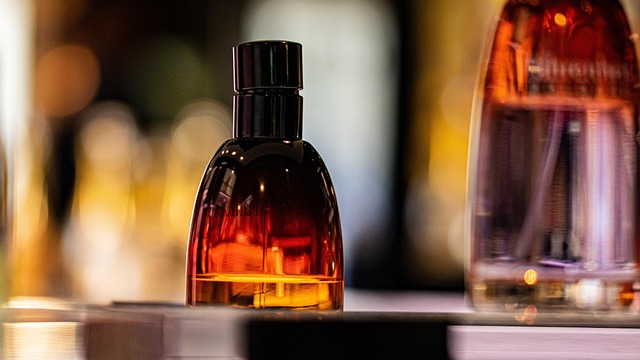
In the realm of luxury goods, pricing strategies often reflect the exclusivity and desirability of a product. When it comes to niche vs. mainstream releases, the gap in pricing is notably wider than one might expect. Niche brands, such as Dior Perfume, typically command premium prices due to their limited production runs, unique ingredients, and exclusive distribution channels. These factors contribute to an air of exclusivity that attracts discerning consumers willing to pay a substantial amount for a distinctive product.
In contrast, mainstream releases like Dior Cologne often target a broader market with more affordable pricing strategies. This accessibility is designed to appeal to a wider customer base, allowing them to experience the brand’s essence without breaking the bank. While both strategies have their merits, the stark difference in pricing underscores the distinct positioning of niche and mainstream products in the luxury landscape.
Marketing Campaigns: A Luxurious Touch
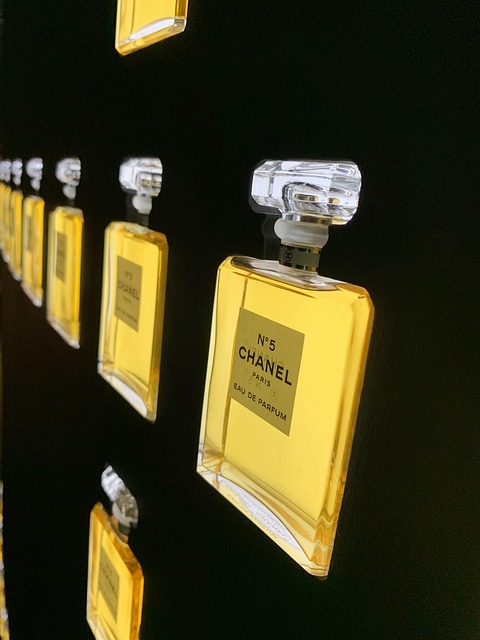
Marketing campaigns play a pivotal role in defining a product’s position, whether it caters to a niche or mainstream audience. When it comes to luxury fragrances like Dior Perfume, the marketing strategy often reflects the exclusivity and sophistication associated with the brand. These campaigns are meticulously crafted, employing high-end visuals and storytelling techniques to evoke an emotional connection with the target demographic.
The use of exclusive settings, such as elegant mansions or exotic locations, is common in Dior’s promotional materials for its perfumes. This visual narrative emphasizes the luxury aspect, appealing to those seeking a unique, sophisticated scent. Additionally, the brand often collaborates with renowned influencers and celebrities, ensuring their fragrances become mainstream conversations. For instance, the launch of a new Dior Cologne might spark social media buzz due to these strategic partnerships, thereby attracting a broader audience beyond the traditional niche market.
Consumer Preferences and Perceptions of Niche Brands
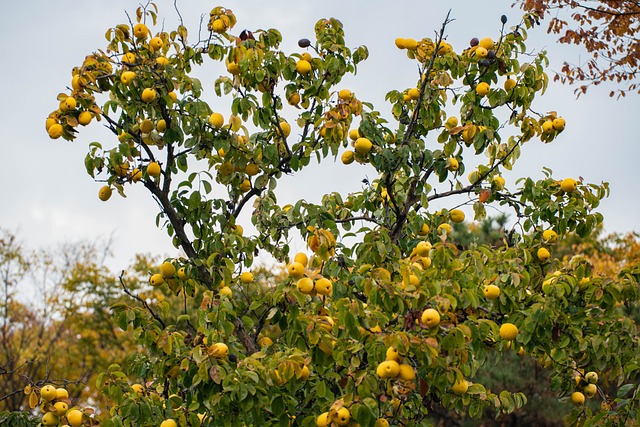
In today’s market, consumer preferences have become increasingly diverse and sophisticated. Niche brands, known for their unique offerings and craftsmanship, are gaining traction among discerning customers who appreciate exclusivity and quality. Dior Perfume, for instance, has carved a niche for itself by combining artistic design with exquisite fragrances, appealing to those seeking luxury and style. This shift towards niche products isn’t just about preference; it’s also about perception. Consumers increasingly view these brands as symbols of sophistication, craftsmanship, and individuality, willing to pay a premium for the experience and exclusivity they offer.
While mainstream releases often focus on mass appeal and affordability, niche brands like Dior cultivate a more intimate relationship with their customers. Dior Cologne, for example, isn’t just another scent but an extension of a lifestyle and aesthetic. This strategy resonates with consumers who value personal expression and see luxury as more than just price tags—it’s about owning something that reflects their unique identity and tastes. As a result, niche brands are not just surviving but thriving, demonstrating that there’s a vibrant market for products that cater to specific, refined tastes.
